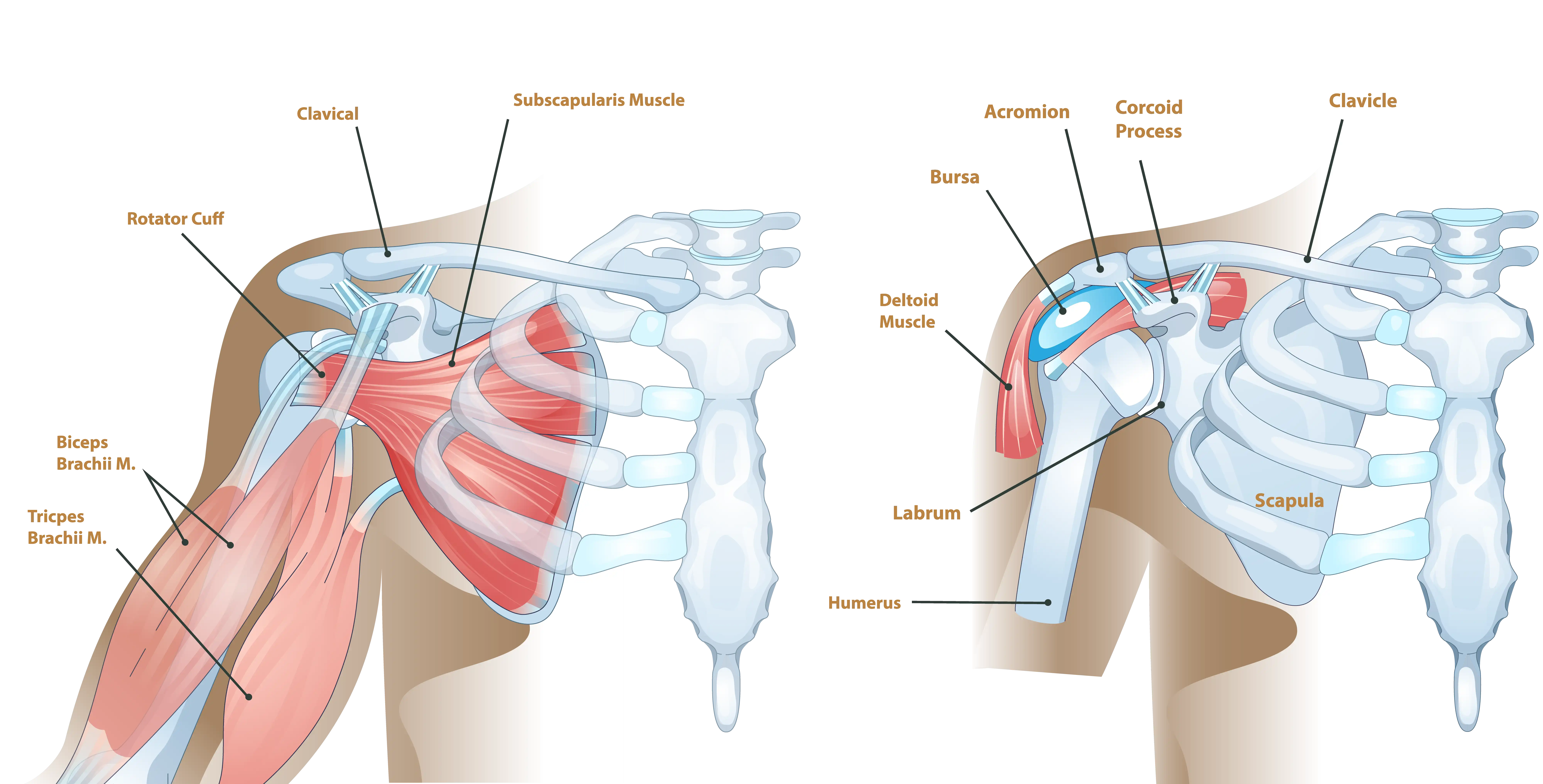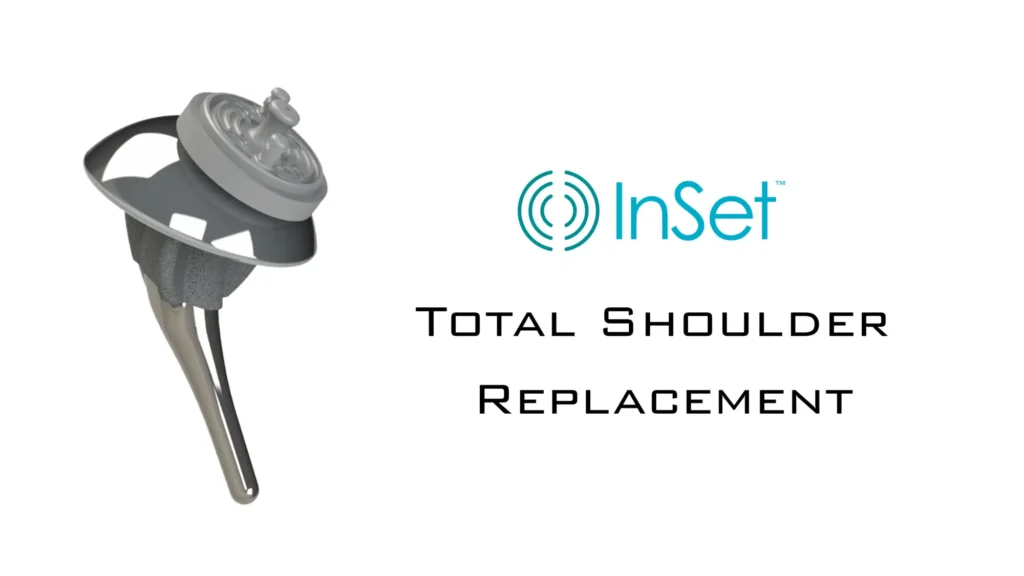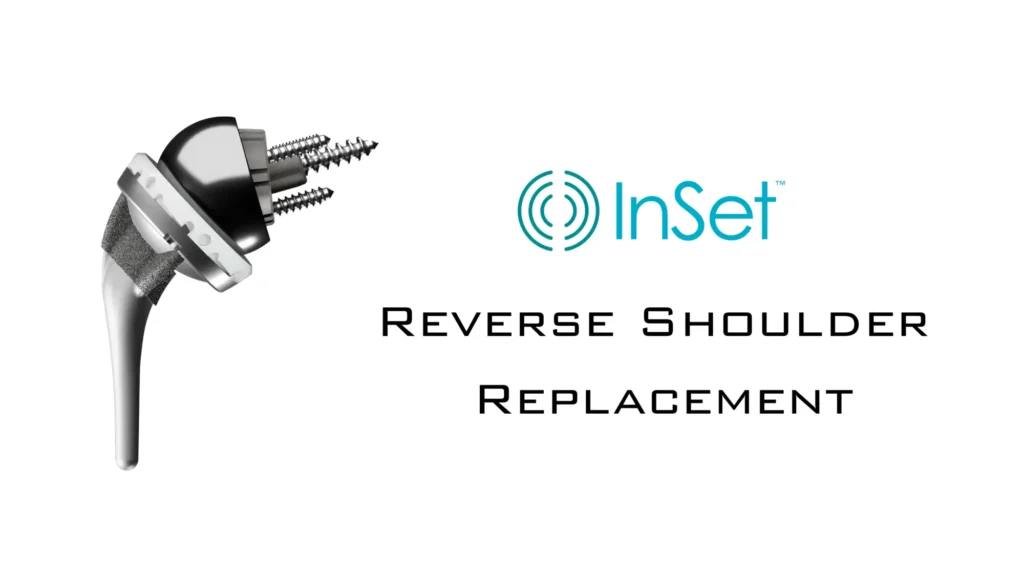Shoulder Disorders Georgia
Specialties
Introduction
The shoulder is one of the most complex and mobile joints in the human body, capable of a wide range of motion that allows us to lift, reach, throw, and rotate our arms. However, this impressive flexibility also makes it more susceptible to injuries and degenerative conditions. Shoulder pain and dysfunction can significantly impact athletic performance, work tasks, and everyday activities.
Dr. Cushing is a board-certified orthopedic surgeon specializing in shoulder care, sports medicine, and advanced surgical techniques. Serving patients throughout Georgia, Dr. Cushing provides expert diagnosis and personalized treatment plans for a full range of shoulder issues—helping individuals return to the activities they love with strength and confidence.
Shoulder Anatomy
The shoulder is a ball-and-socket joint where the rounded head of the humerus (upper arm bone) fits into the shallow socket of the scapula (shoulder blade). It consists of several key articulations, including the glenohumeral joint, acromioclavicular joint, and sternoclavicular joint, all of which work in harmony to create smooth and stable movement.
Soft tissue structures like the rotator cuff tendons, labrum, bursa sacs, and ligaments support the joint and control motion. The rotator cuff, in particular, is essential for stabilizing the shoulder during lifting and rotation. This intricate balance between strength and mobility makes the shoulder vulnerable to overuse, trauma, and degenerative wear.

Common Shoulder Disorders
Adhesive Capsulitis (Frozen Shoulder)
Adhesive capsulitis (Frozen Shoulder) is a condition where the connective tissue around the shoulder joint thickens and tightens, restricting movement. It often develops gradually and may be triggered by prolonged immobility, surgery, or injury. Symptoms include stiffness, deep aching pain, and limited range of motion.
Treatment typically involves some combination of physical therapy, anti-inflammatory medications, and corticosteroid injections. Severe cases may require arthroscopic release surgery to free the joint capsule. Recovery can take several months, but most patients regain function with guided rehabilitation.
Biceps Tendonitis
Biceps tendonitis is the inflammation of the upper biceps tendon, often due to repetitive overhead motion or age-related degeneration. Symptoms include tenderness in the front of the shoulder, pain with lifting, and clicking or catching.
Treatment includes rest, ice, NSAIDs, and physical therapy. In some cases, surgical repair or tenodesis may be performed. Recovery varies but is generally favorable with appropriate care.
Glenohumeral (Shoulder) Arthritis
This degenerative joint condition involves the breakdown of cartilage between the humeral head and socket. As the joint space narrows, bones rub together, causing pain and stiffness. Symptoms include joint swelling, grinding sensations, and decreased function.
Treatment includes anti-inflammatory medications, activity modification, joint injections, and physical therapy. In advanced cases, total shoulder replacement may be required for long-term relief. Recovery after joint replacement typically spans several months and includes physical therapy.
Rotator Cuff Tears
Rotator cuff tears are one of the most common shoulder injuries, resulting from acute trauma or long-term overuse. Tears may involve partial or complete rupture of one or more tendons. Symptoms include shoulder weakness, pain with lifting or rotating the arm, and difficulty sleeping on the affected side.
Treatment options range from physical therapy and anti-inflammatory medication to surgical repair for larger or persistent tears. Recovery following surgery involves a structured rehab program to restore strength and motion over 3–6 months.
Shoulder Impingement Syndrome
Impingement occurs when soft tissues such as tendons or bursa are compressed between the bones of the shoulder during motion, often due to repetitive overhead activity. Symptoms include sharp pain during arm elevation, weakness, and reduced range of motion.
Treatment focuses on physical therapy, posture correction, and sometimes corticosteroid injections. Recovery is generally successful with conservative management, though surgery may be necessary if symptoms persist.
Total Shoulder Arthroplasty (TSA)
Click here to learn more about InSet™ Shoulder Replacement
Total Shoulder Arthroplasty (TSA) is recommended for patients with severe arthritis or complex fractures. During surgery, the damaged surfaces of the humeral head and glenoid are replaced with prosthetic components to restore function and reduce pain.
A surgical incision is made to access the joint, remove damaged bone, and insert implants. Initial immobilization is followed by a physical therapy program focused on regaining motion and strength. Most patients return to normal activities in 3–6 months.
Reverse Shoulder Arthroplasty (RSA)
Reverse Total Shoulder (RSA) is ideal for patients with large, irreparable rotator cuff tears or arthritis combined with rotator cuff damage. This procedure reverses the ball-and-socket orientation, allowing the deltoid muscle to compensate for rotator cuff deficiencies.
The humeral head is replaced with a socket, and the glenoid receives a ball-shaped implant. Patients begin with immobilization, then progress through a structured rehab plan over several months. Most regain reliable arm function for daily activities.
Treatment & Recovery
Dr. Cushing emphasizes a patient-first, comprehensive approach to shoulder care, addressing both immediate symptoms and long-term joint health. Treatment strategies may include:
Non-Surgical: Anti-inflammatory medications, corticosteroid injections, physical therapy, bracing, and activity modification.
Surgical: Arthroscopic procedures for repairs or decompression; total or reverse shoulder replacements for joint degeneration.
Rehabilitation/Prevention: Personalized rehab plans to regain strength, flexibility, and endurance are tailored to lifestyle and activity goals. Education on posture, ergonomics, and exercise to reduce the risk of re-injury and maintain shoulder health.
Choosing Dr. Cushing for Shoulder Care in Georgia
Whether you’re an athlete, a weekend tennis player, or simply trying to stay active without pain, shoulder problems can have a significant impact on your quality of life. Dr. Cushing offers expert-level orthopedic care rooted in experience, precision, and a commitment to each patient’s recovery. With advanced surgical skills and a collaborative approach to care, Dr. Cushing helps Georgia residents restore shoulder function and reclaim active living.





